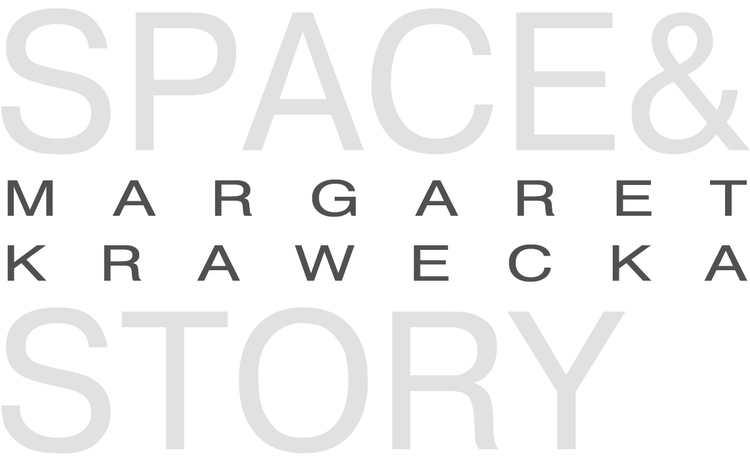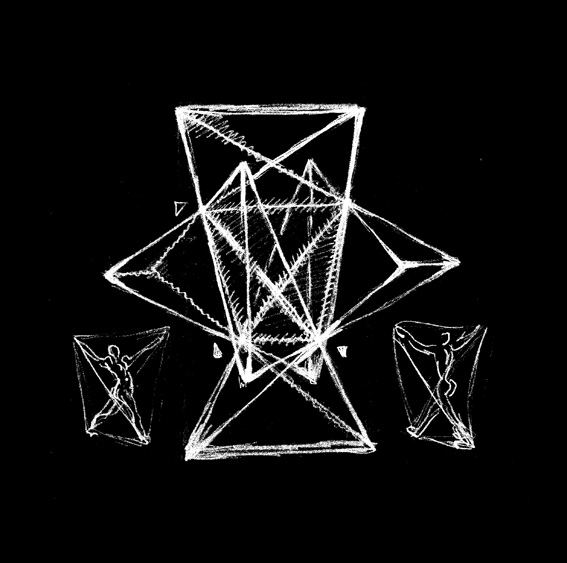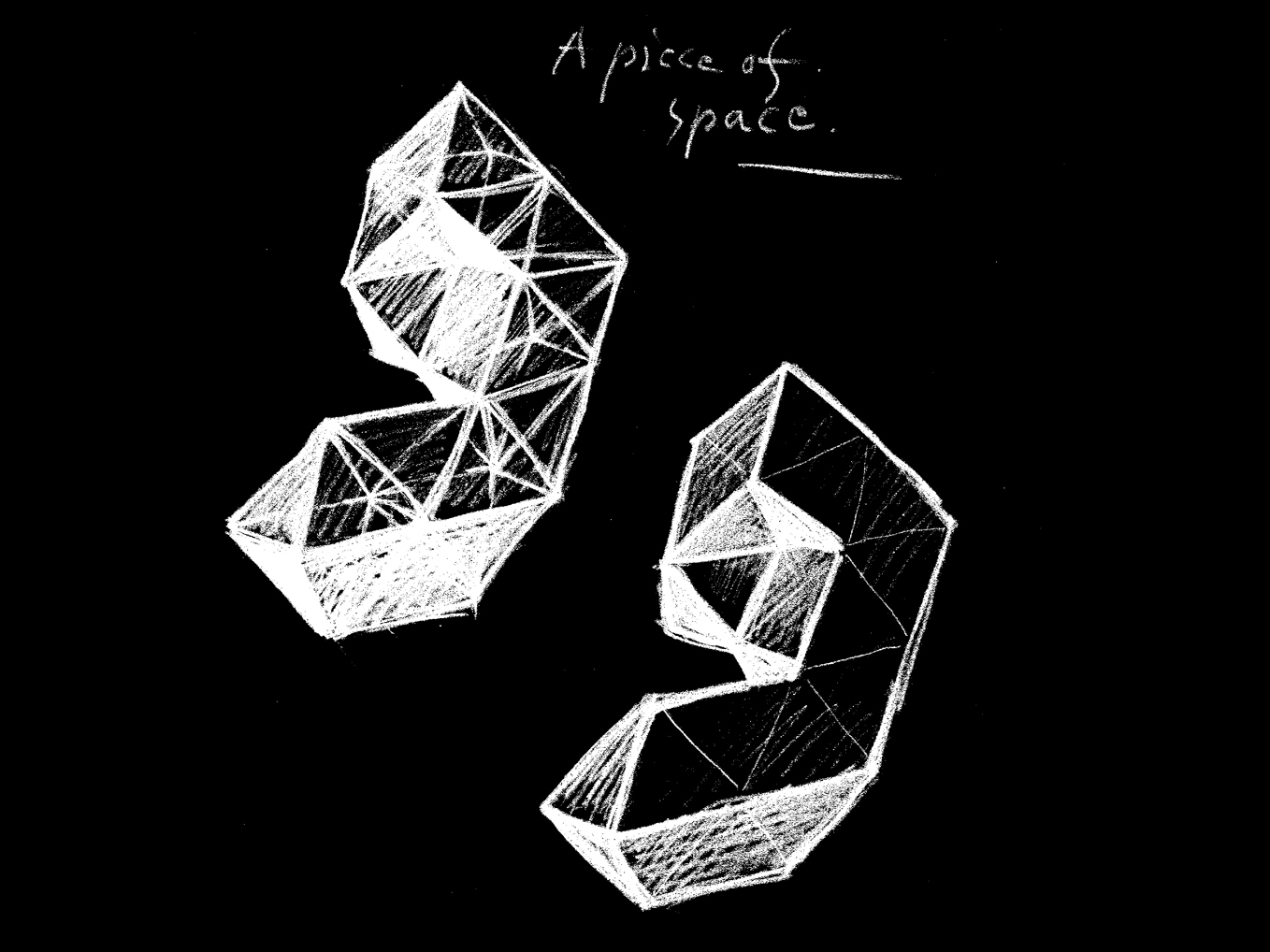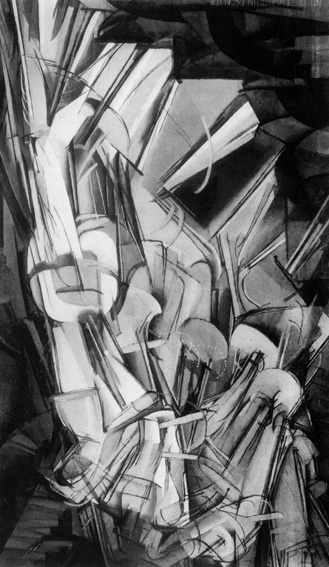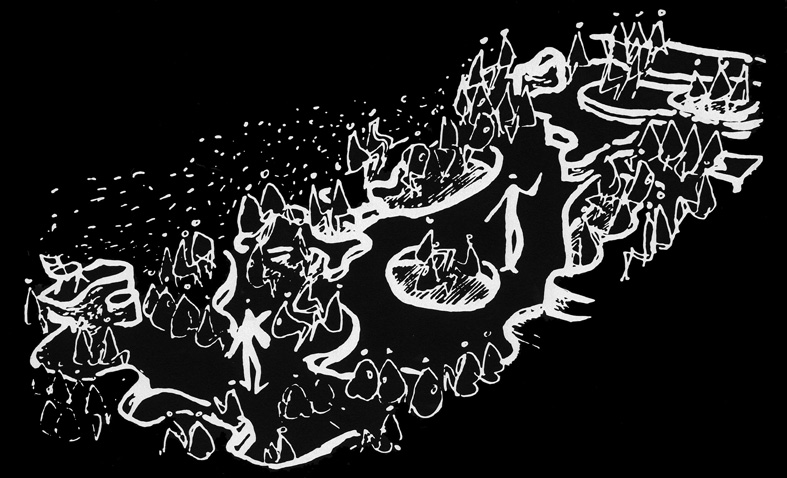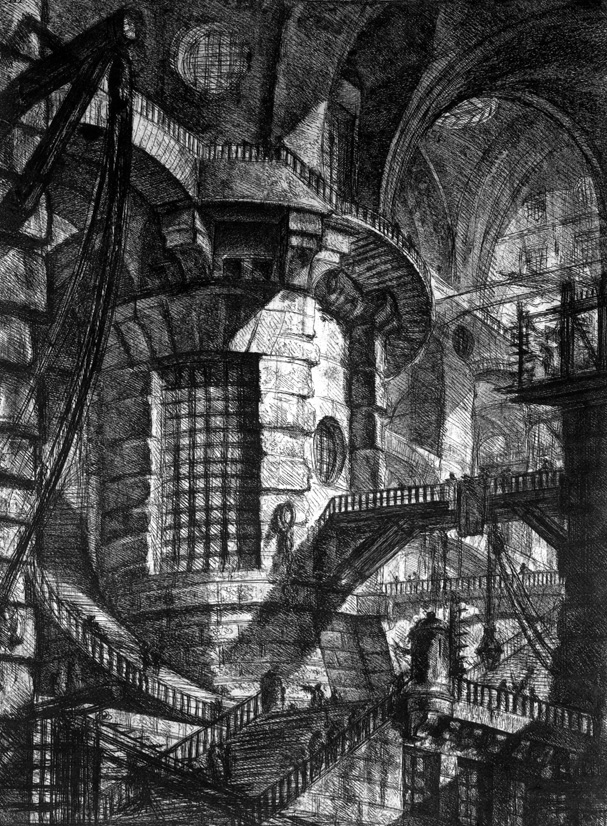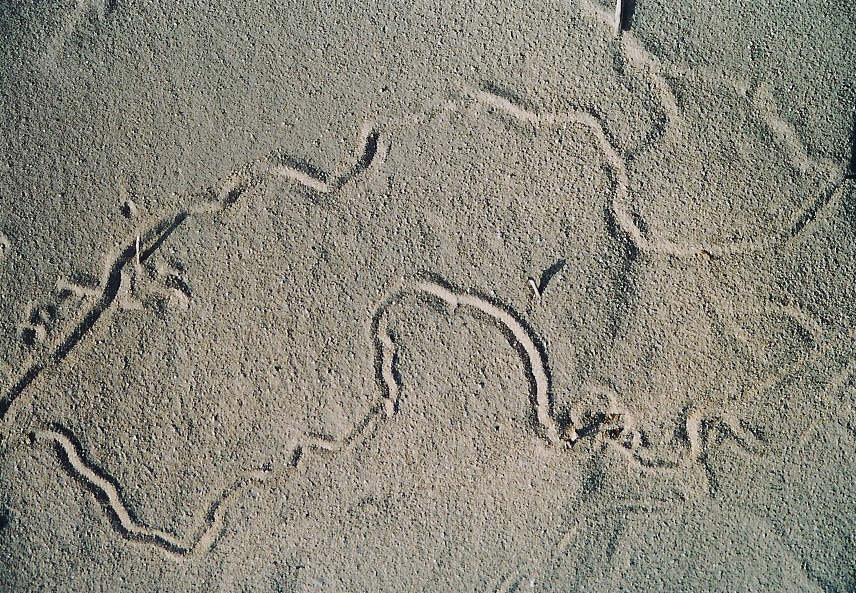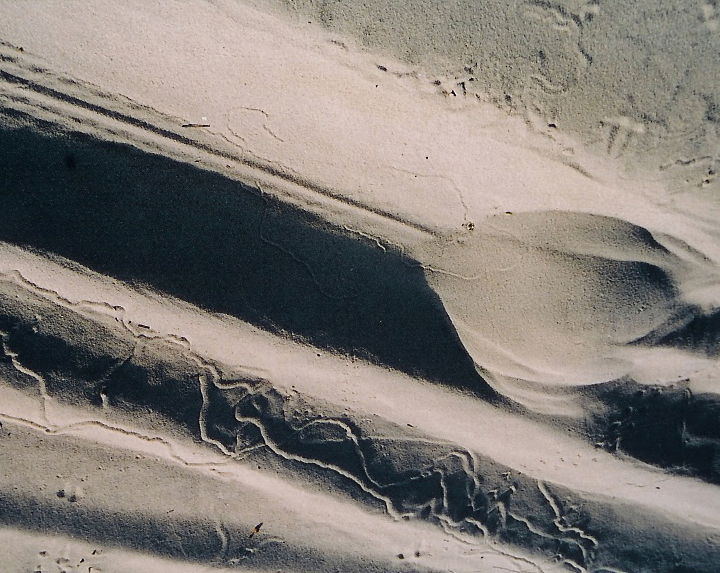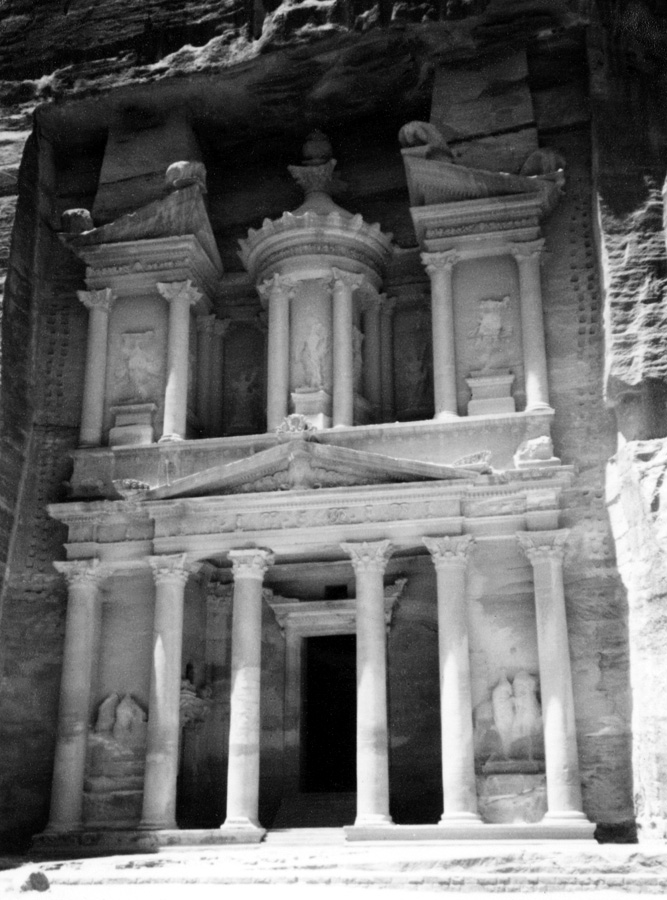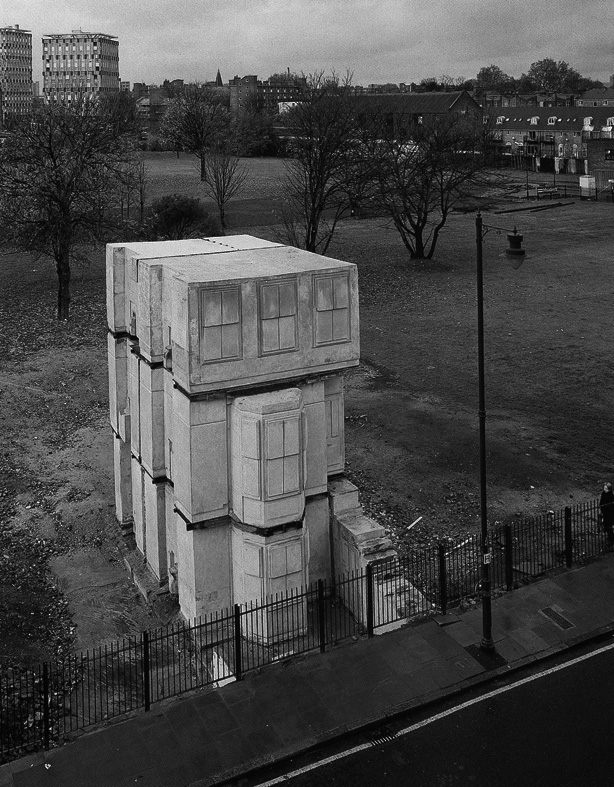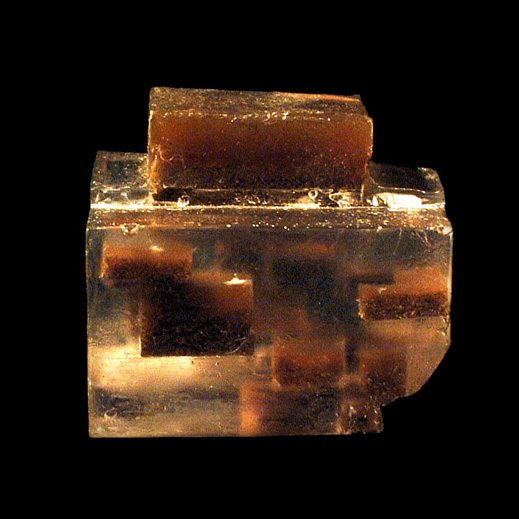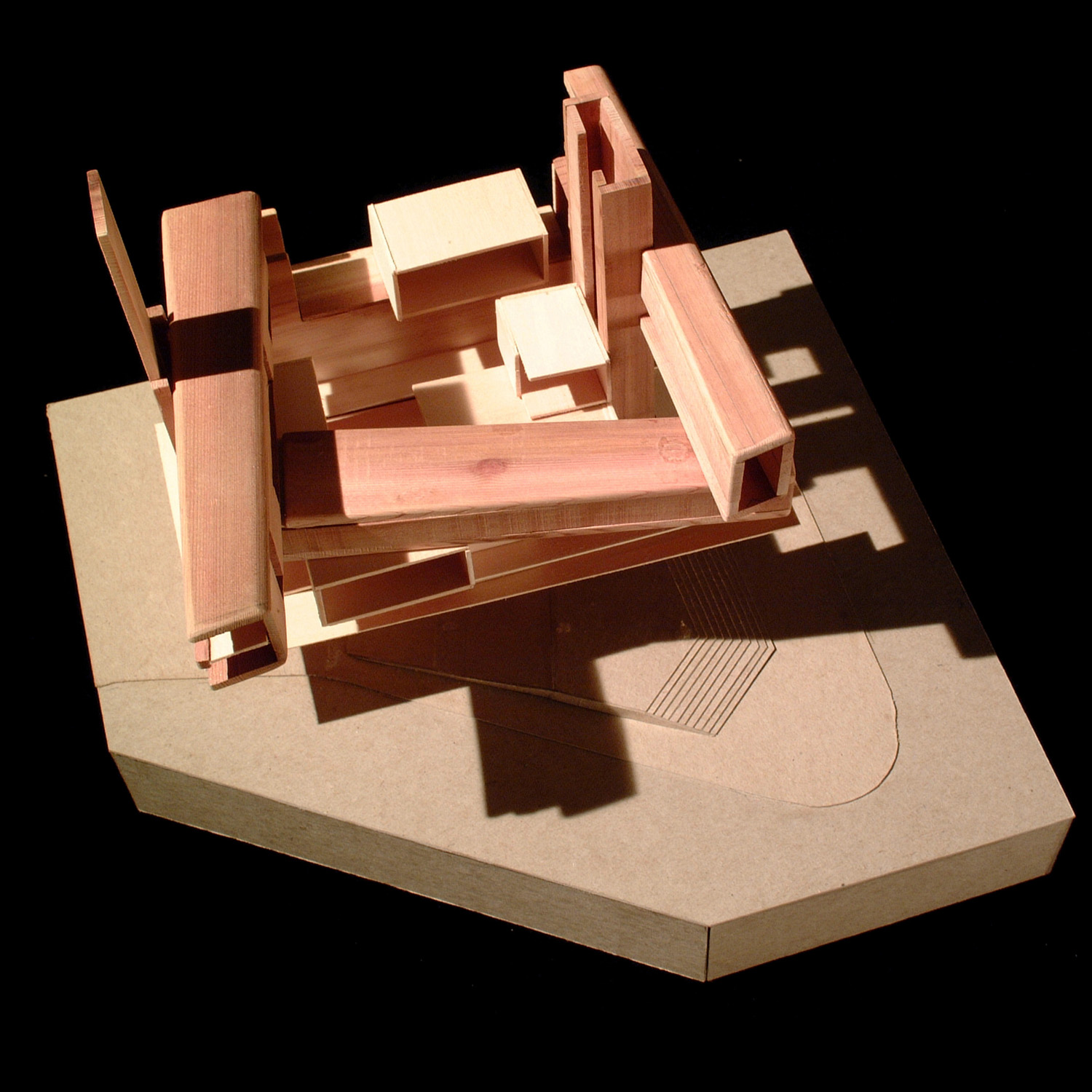““(Movement in space) too can be experienced as an absolute, likewise disengaged from the performer . . . Is not the endless flow of movement in skating more significant than the body of the skater? As we watch a fireworks display, is it merely the luminous trajectory against the dark background that arrests us? Is it not rather the disembodied movement of the rockets through space that so appeals to our imagination?””
Corporeal
Bachelor of Architecture 5th Year Thesis Project
2000-2001
University of Toronto Faculty of Landscape, Architecture and Design
Thesis advisor: Siamak Hariri
A research process-based thesis exploring the relationship between architecture and contemporary dance, movement of the body, and the notion of "carved space". The thesis used as its inspirational starting point a 1999 Merce Cunningham performance in Paris, where the dancers appeared to be "slicing" through space, which suddenly acquired a tangible density and mass of it own . . .
In an increasingly formless and placeless world dominated by digital technology, architecture can learn from contemporary dance, which, through its resistance to the disappearance of the body, raises a new awareness of physicality in space and time. The space of dance is one of endless possibility. Through dance, space loses its shapelessness and becomes a dense, tangible substance that the body carves through and comes in direct contact with via movement. The ambiguity between substance and space, presence and absence, solid and void, illustrates how movement is an extension of form in space and how space and built form in architecture are inseparably intertwined and depend on each other to define limits.
Phase I: Analysis and Transformation
In the exploratory phase of the thesis, the chosen artifact of study was a 19th century stop-motion photograph by Etienne-Jules Marey. The photograph shows the continuous motion of a man walking in separate plates, each capturing a moment in time, a singular fragment of the whole.
The analysis and transformation excercise involved capturing the movement path of a subject moving over time through a medium with spatial limits (a fish swimming in a glass container), in order to then recreate it in physical form. The movement, lasting 3 minutes, was recorded on video and photographed using long exposure.
Study of trace path in a figure-ground reversal, movement as negative "carved" space cast into resin mixed with sand
It was then reconstructed three-dimensionally through an axonometric drawing and transformed into physical form through sculpture to be cast in resin. As a result, the movement constituted the negative space within a solid mass of matter. Hence, the path of movement that had displaced its medium was physically mapped.
Phase II: Transition
Using the previous analysis and transformation studies to explore architectural and spatial ideas
Double skin elevation studies playing with translucency and light projection
Phase III: Conceptual Design for Contemporary Dance Centre, Toronto
Site Context
Choosing its site at the heart of downtown Toronto, in the very midst of the "white noise" at Yonge and Dundas and bordering with the rougher east part of Toronto, the thesis project puts to test its ideas in an urban oasis for the physical and sensual body. Stillness in movement.
White noise of digital billboards around Dundas Square - the "mini Times Square"of Toronto
Inukshuk - navigational marker in a space of disorientation
Massing study models
Cast resin and sand massing models: with volumes of program suspended within the building envelope, circulation is treated as the negative space in between.
Sectional "slices of space"
Conceptual site context model: everything is made of transparent wire mesh except for the proposed building, which is the only representation of physicality and mass in an increasingly ethereal and digital world
Final model
(outer skin removed)
